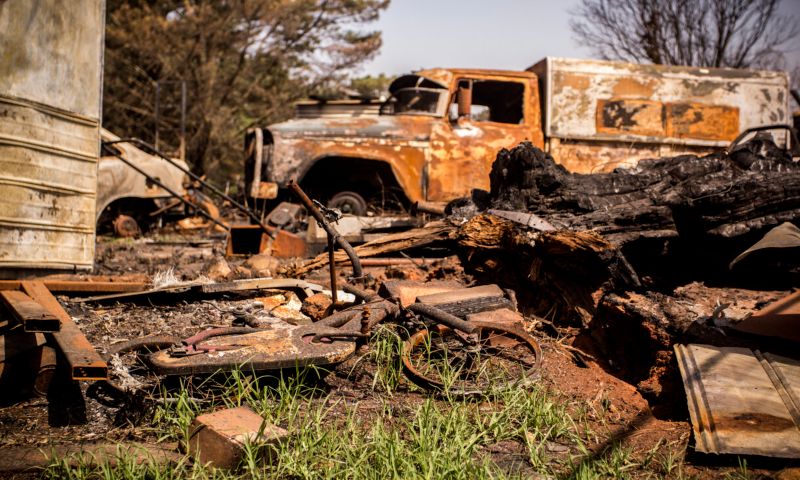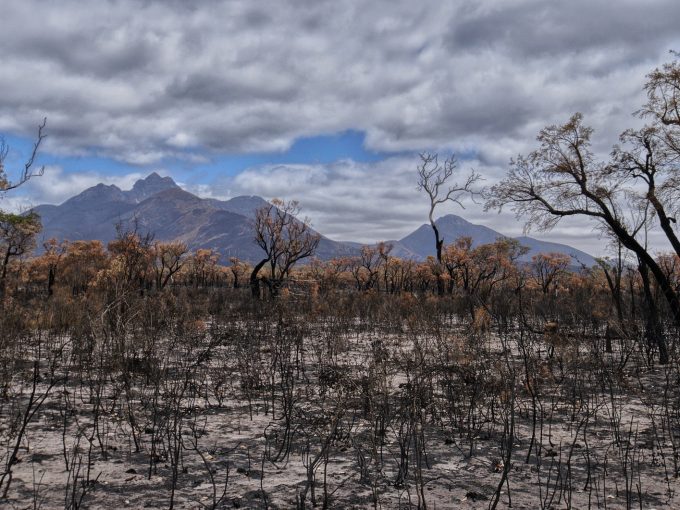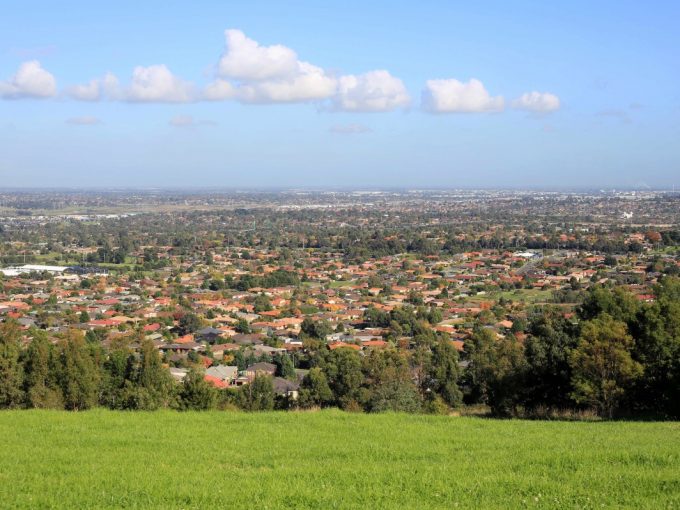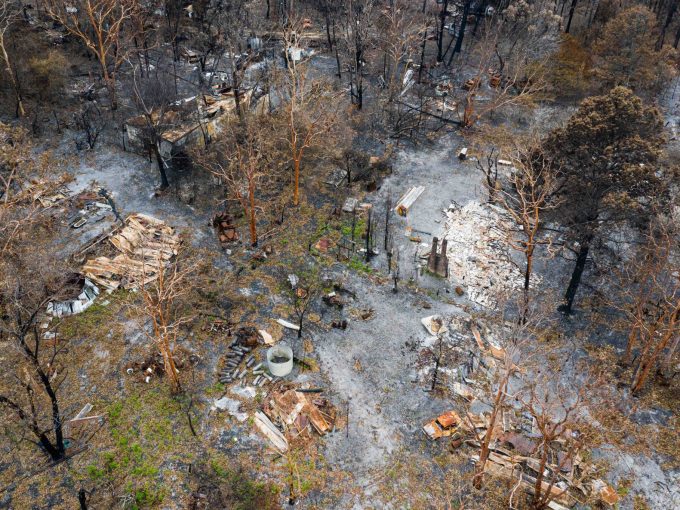Set-up in the wake of the devastating 2019-20 bushfires, the Royal Commission has delivered its final report into national natural disasters. RMIT experts point to crucial gaps.
Regulating land use in high-risk areas
Emeritus Professor Environment and Planning, Michael Buxton, argues the report needed to provide clear direction on land use planning in high-risk areas.
The report points to the new normal of extreme weather driven by climate change and agrees that “land use planning and exposure to risk are ‘inextricably linked’,” Buxton says.
“But it doesn’t address the need for increased regulation of land use in high-risk areas.
“It recognises that planning systems that allow building in high-risk areas create risk to individuals and that development in high-risk areas should be avoided.
“However, it concentrates only on the need to provide better information to new residents on risk, placing sole responsibility for risk onto individuals not government.”
He notes previous bushfire inquiry recommendations have been ignored including “the need for stronger planning controls to prevent new dwelling construction in high risk areas such as the edges of townships and rural landscapes.”
He also notes that while recognising that improved building regulations can reduce risk, “the report avoids any support for improving the capacity for existing buildings in high-risk areas, stating that buildings should be made ‘sufficiently resilient.’”
Disaster recovery
Urban resilience design expert Dr Mittul Vahanvati says the report’s recommendations missed an opportunity to address roadblocks to post-bushfire recovery.
“The report’s proposed recommendations indicate that when a hazard occurs affected communities are not allowed by the current governance system to take the lead or act, rather, they are mandated to wait for emergency management personnel to lead,” she says.
“Hence, a major shift is required in current recovery and resilience programs to give power and funding to communities to implement their actions in collaboration with local councils, non-government organisations and the private sector.
She also points out that post disaster funding is only allocated to rebuilding destroyed or heavily damaged houses, not to surviving homes.
“Given that roughly, three-quarters of all buildings in bushfire prone areas are not designed or constructed to bushfire safe standards, recommendation 19.4 falls short of addressing this vital gap in supporting those homeowners to adapt their buildings to higher bushfire standards.”

The bushfires destroyed over 3,000 homes and nearly three billion animals were killed or displaced
Community education
Researcher in the Sustainable Planning Program Dr Anthony Richardson has welcomed the Commission’s call for community education around disaster risk and preparation.
But he says the focus must include “a realistic understanding of what ‘resilience’ in such a context means.
”Too often the common understanding of resilience involves the idea of an environment or community bouncing back,” he notes, but “our vulnerability is rising, and not every aspect of the Australian environment or lifestyle can ‘bounce back’.”
We only have to consider houses built in flood zones along the Brisbane River, or in zones of high bushfire vulnerability, he points out.
“Managing stakeholder expectations, including those of the general public, will be a key element in the process of community education.
“As the report clearly states: ‘In some disasters, it is impossible to protect everyone’. Promoting this more realistic understanding of resilience is where community education will be crucial.”
Essential services
The report’s focus on essential services is commendable, Richardson says, adding “it acknowledges the importance of energy to the interconnected systems that make the Australian lifestyle possible.
“But, while there is a focus on the global scale in terms of our national supply chains, there still needs to be a clear and central focus on liquid fuel insecurity in this country,” he says.
“Liquid fuels, including petrol and diesel, make possible all the other systems discussed in the report but despite this we are rapidly approaching 100% reliance on imported fuel.”
He points to disruptions to the fuel supply within Gippsland that led to food and fuel shortages, and stranded thousands of holiday makers in a bushfire zone with empty tanks.
“This was serious enough at a regional level, but a fuel supply chain disruption at the national level would have catastrophic consequences.
“Australia is increasingly reliant on uninterrupted supplies of imported liquid fuel. It’s long past the time we recognise this vulnerability as a risk to the maintenance of all the complex systems that make life in Australia possible.”
Story: Diana Robertson





